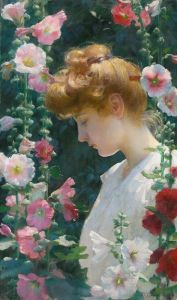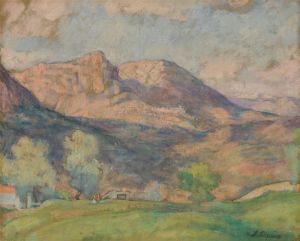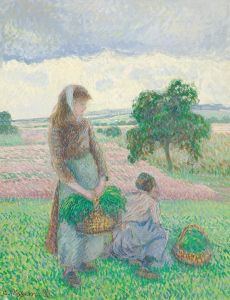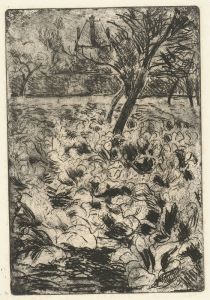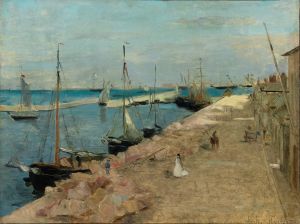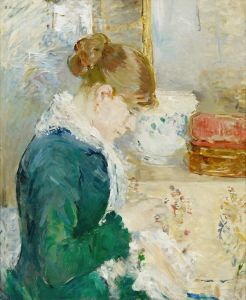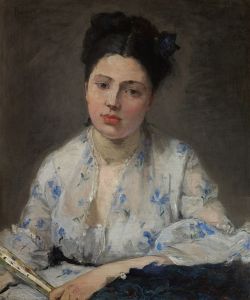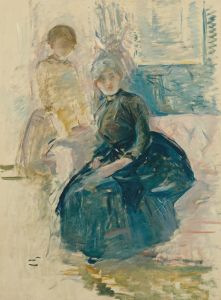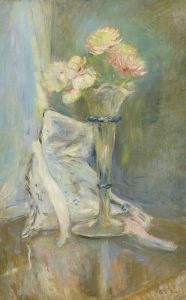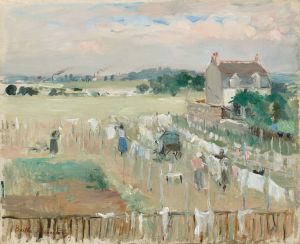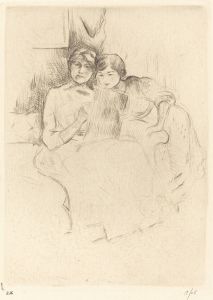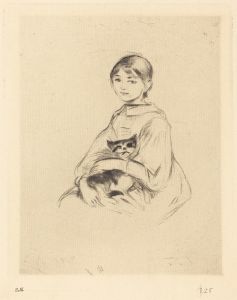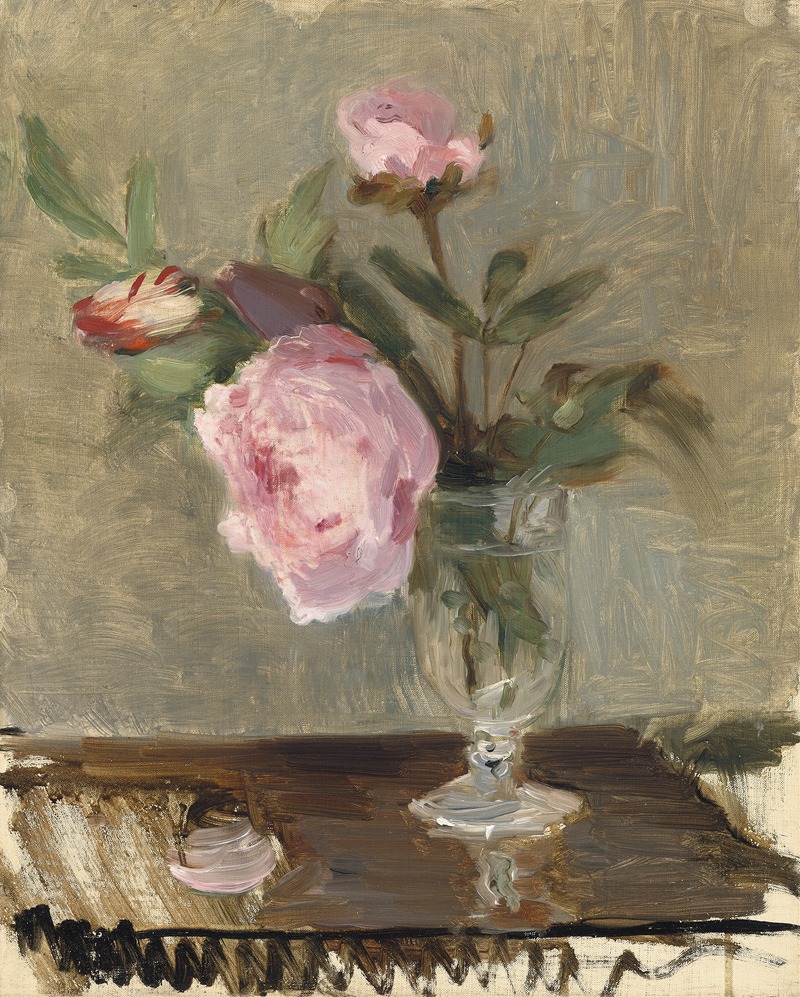
Peonies
A hand-painted replica of Berthe Morisot’s masterpiece Peonies, meticulously crafted by professional artists to capture the true essence of the original. Each piece is created with museum-quality canvas and rare mineral pigments, carefully painted by experienced artists with delicate brushstrokes and rich, layered colors to perfectly recreate the texture of the original artwork. Unlike machine-printed reproductions, this hand-painted version brings the painting to life, infused with the artist’s emotions and skill in every stroke. Whether for personal collection or home decoration, it instantly elevates the artistic atmosphere of any space.
Berthe Morisot, a prominent French Impressionist painter, is known for her delicate and intimate depictions of domestic life, landscapes, and still lifes. One of her works, Peonies, exemplifies her mastery of light, color, and brushwork. Painted in the late 19th century, this artwork reflects the Impressionist movement's focus on capturing fleeting moments and the beauty of everyday subjects.
Peonies is a still-life painting that showcases a bouquet of peonies, a flower often associated with elegance and beauty. Morisot's approach to the subject is characterized by loose, fluid brushstrokes and a soft color palette, which imbue the painting with a sense of immediacy and vibrancy. The composition is intimate, drawing the viewer's attention to the delicate details of the flowers while maintaining a sense of spontaneity.
As with many of her works, Morisot's Peonies demonstrates her ability to convey texture and light. The petals of the flowers appear almost translucent, capturing the play of light and shadow. The background is rendered with less detail, allowing the flowers to stand out as the focal point of the piece. This technique is typical of Impressionist still lifes, where the emphasis is placed on the overall impression rather than precise realism.
Berthe Morisot was one of the few women artists associated with the Impressionist movement, and she played a significant role in its development. She exhibited regularly with the Impressionists, starting with their first group exhibition in 1874. Her work was highly regarded by her contemporaries, including Edgar Degas and Édouard Manet, the latter of whom was her brother-in-law. Despite the challenges faced by women artists during her time, Morisot achieved recognition for her innovative style and contributions to the art world.
While specific details about the creation and current location of Peonies are not widely documented, the painting is representative of Morisot's broader body of work and her focus on capturing the beauty of everyday life. Her still lifes, including Peonies, continue to be celebrated for their elegance and technical mastery, solidifying her legacy as one of the leading figures of the Impressionist movement.





